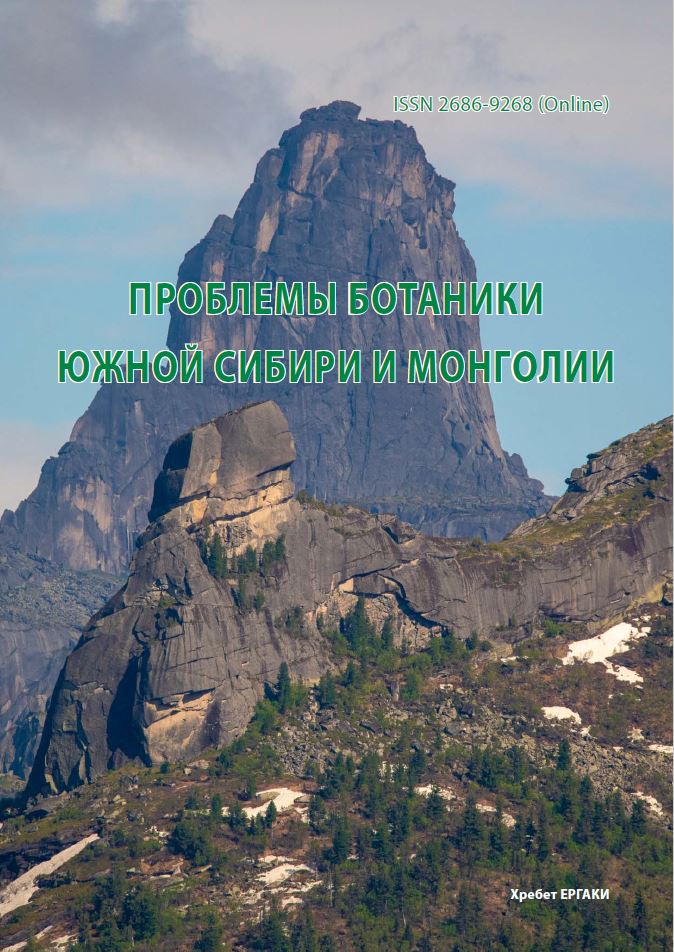Macrofossil assemblages as a key to insight into the mire flora development (a case study in the Kaliningrad Region of Russia)
УДК: 581.9:581.93(252.6)(470.26)
Abstract
Based on analysis of the plant macrofossil composition in the peat deposits, we can identify the environments these plants were formed and developed. This paper is aimed at a detailed study of the macrofossil assemblages from the peat deposits in the Wittgirrensky peatland, which is a study site of the Rossyanka Carbon Polygon in the Kaliningrad Region. The conclusions of the study may contribute to the general insight into the mire flora development in the SouthEastern Baltic region. In total, 85 types of plant and animal macroremains were found in the peat and gyttja samples from the Wittgirrensky peatland, representing 39 different taxonomic groups, which were combined into 6 main macrofossil assemblage zones: 1) Salix-Phragmites, 2) Carex-Drepanocladus, 3) Pinus-Ericaceae, 4) Sphagnum magellanicum, 5) Sphagnum fuscum, 6) Sphagnum-Ericaceae.
Downloads
Metrics
References
Домбровская Ф. В., Коренева М. М., Тюремнов С. Н. Атлас растительных остатков, встречаемых в торфе. - М.; Л.: Гос. энергет. изд-во, 1959. - 90 с.
Кац Н. Я., Кац С. В., Скобеева Е. И. Атлас растительных остатков в торфах. - М.: Недра, 1977. - 376 с.
Короткина М. Я. Ботанический анализ торфа // Методы исследования торфяных болот. Ч. 2.
Лабораторные и камеральные работы. - М.: Труды ЦТОС, 1939. - Т. 4. - В. 2. - С. 5-60.
Матюшенко В. П. Определение осок в торфе по корешкам // Методы исследования торфяных болот / под ред. М. И. Нейштадт. - М.: Изд-во Наркомата земледелия РСФСР, 1939. - Ч. 1. - С. 93-102.
Mauquoy D., van Geel B. Mire and peat macros // Encyclopedia of quaternary science, 2007. - Vol. 3. - P. 2315-2336.



